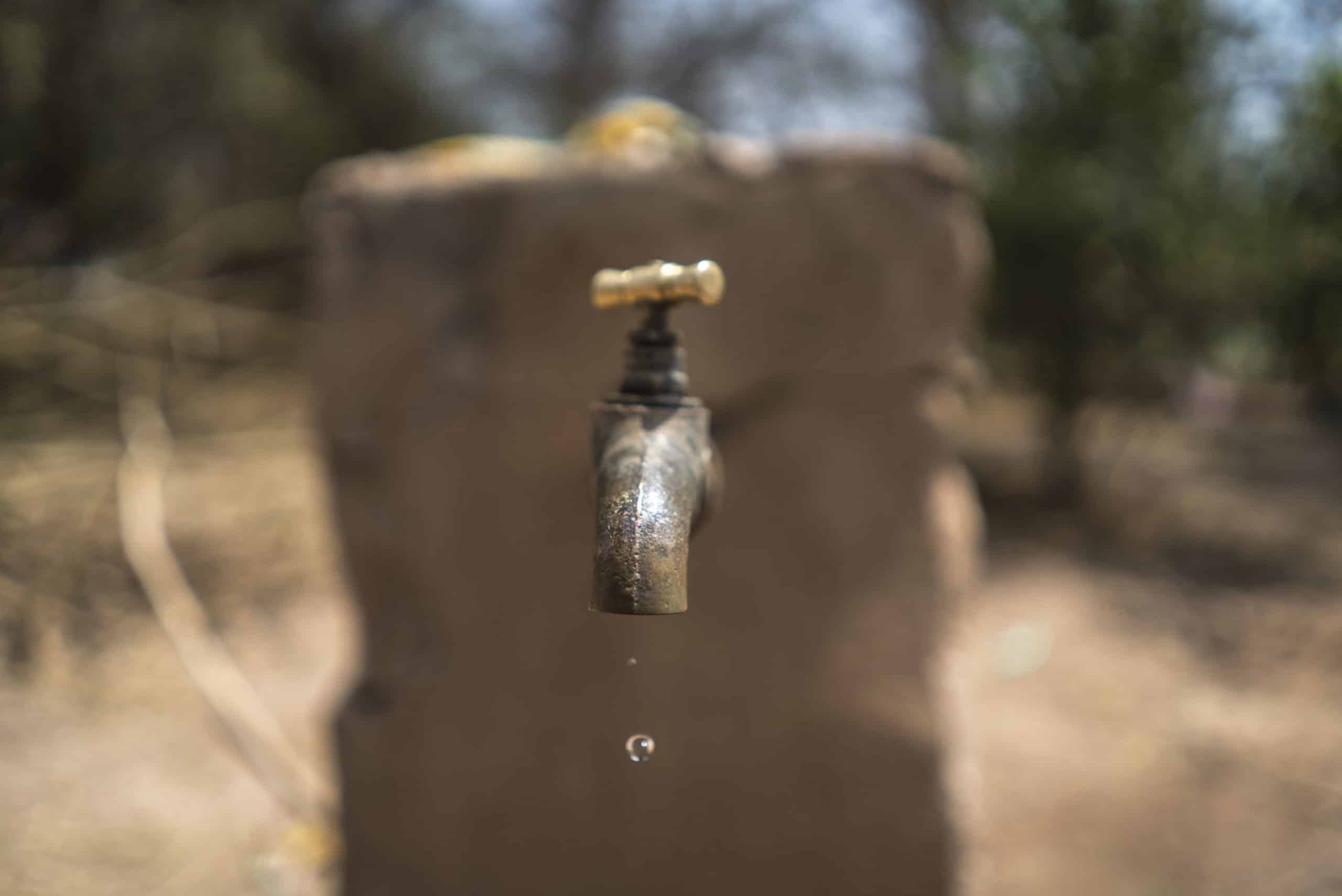“They are just thorny bushes you can find in the countryside,” they insisted. “Why are you tiring yourself in the hot sun to plant them in your field?”
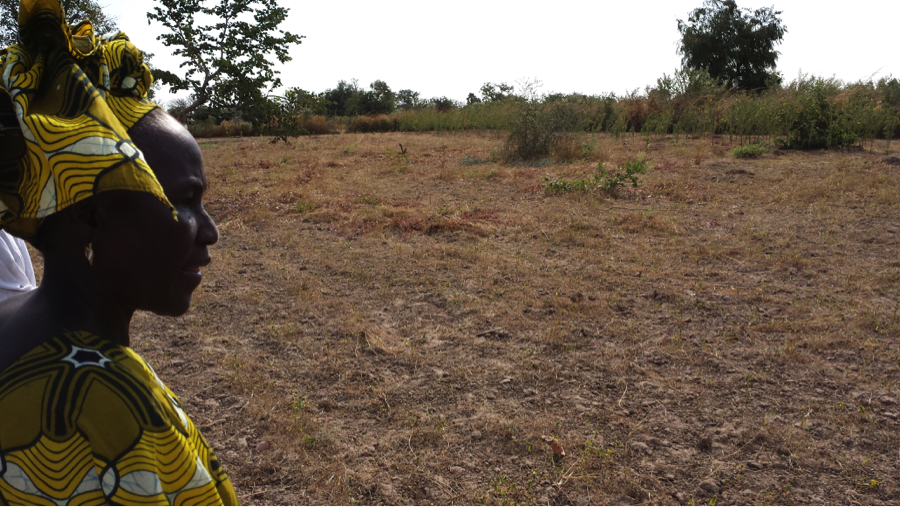
The Struggles of Subsistence Living in Kaffrine, Senegal
In Kaffrine, Senegal, where Mariama lives, the subsistence way of life leaves little room for long-term vision. When survival is uncertain today, imagining the next week, let alone two years ahead, becomes almost impossible. The future for water and trees looked bleak, but Mariama had a vision.
Through a Trees for the Future workshop, she learned how to grow and plant thorny, fruit-bearing jujube trees around her eroded farmland. She understood that these trees would eventually form a living fence, protecting her crops from grazing animals. This protection would allow her to grow more profitable crops. Despite the villagers’ doubts, Mariama continued carrying water to her trees, step-by-step, bucket after bucket — because trees need water.
Restoring Senegal’s Landscape Through Trees
Once covered in trees, Senegal has suffered from slash-and-burn farming and widespread tree clearing for fences, homes, and fuelwood. By restoring tree cover, Mariama’s trees began to channel water back into the ground. Over time, these trees will help restore groundwater tables and improve her village’s water security. This is critical in Senegal, where water tables have fallen more than 60 feet in the last two decades.
The combination of richer soil, shaded ground, and fallen organic materials from the trees helps retain moisture and increase groundwater levels. Just as trees need water, water needs trees.
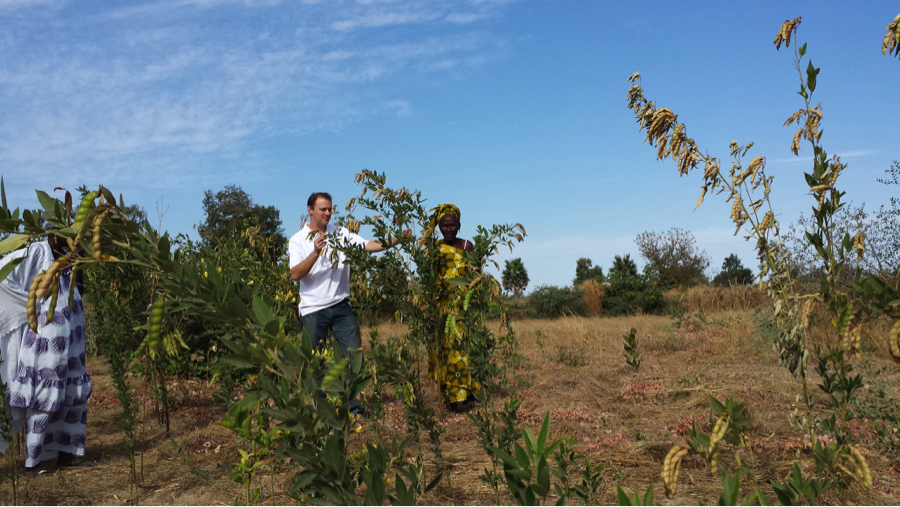
A Family’s Determination and Resilience
Mariama’s determination to support her five children and four grandchildren kept her focused on the future. She had witnessed the limits of cash crop farming and wished to leave her grandchildren more than barren fields. As her trees grew, she began planting vegetables within the living fence and continued to water her plants daily.
When the Harmattan winds blew in early March, bringing heat from the Sahara and marking the end of Senegal’s gardening season, Mariama remained undeterred. In her second year in the Trees for the Future Forest Garden training program, the rainy season came late and ended early. This left an estimated 20 million rural residents in the Sahel facing severe hunger. While food aid organizations scrambled to respond, Mariama didn’t line up for bags of rice.
Thriving Amidst Adversity
While peanut farmers struggled, Mariama’s drought-resilient, nitrogen-fixing pigeon peas fruited twice that year. She harvested 90 pounds of protein-rich beans, selling half for nearly $50 and feeding her family with the rest. This small income made a significant difference for her family, who previously struggled to earn more than $1 a day.
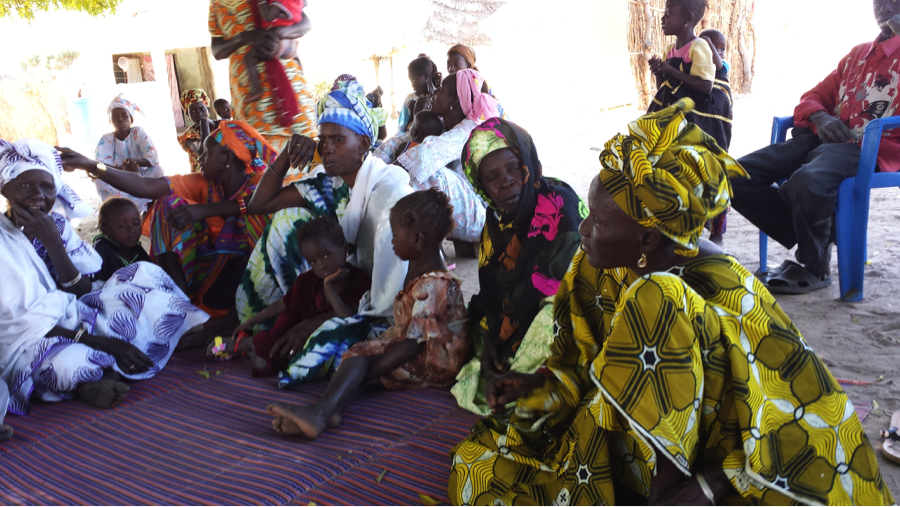
With support from her village women’s group and Trees for the Future, Mariama recently installed a water spigot in her field — the second in her entire village. Previously, the water line passed through her village, but no one could afford running water.
Leading by Example
The women in Mariama’s group, who once called her “crazy,” now stand beside her, following her lead. As a lead farmer in the Trees for the Future training program, Mariama helps over 20 other families grow Forest Gardens. If enough people shift from seasonal monocrops to Forest Gardens, their community’s water supply will be secure for future generations.
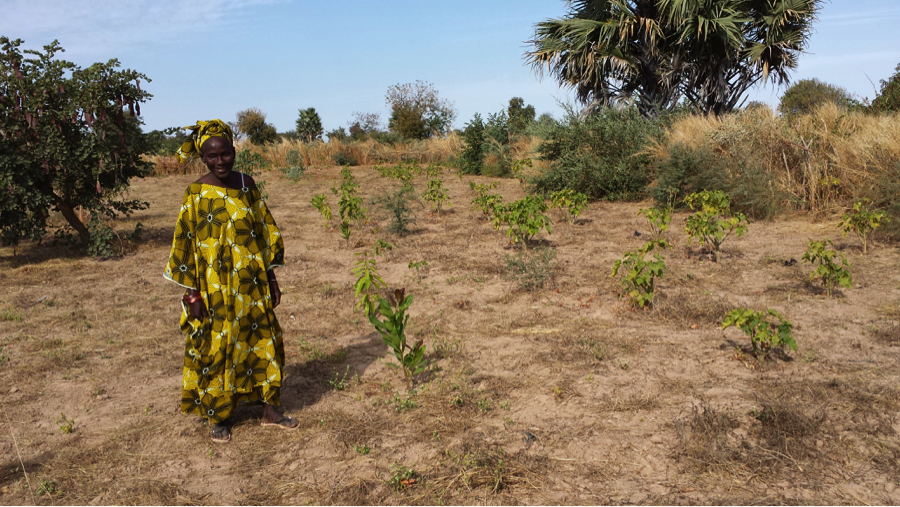
Planting Seeds of Hope
Mariama’s trees alone won’t stop climate change, replenish Senegal’s falling water table, or halt the encroaching Sahara desert. However, they have planted seeds of hope. Inspired by her example, other small farmers are beginning to plant trees. Day by day, like the slow growth of a tree, a movement is taking root.
Mariama is no longer just a woman with a couple of thousand trees on a barren lot. She represents the root of a sustainable vision for her community. Together, water and trees are protecting the environment, improving livelihoods, and providing food for farmers and their families.
Planting Forest Gardens empowers farmers like Mariama to manage water on their land, mitigating the effects of flooding and drought. This is increasingly vital as climate and weather patterns continue to change.
